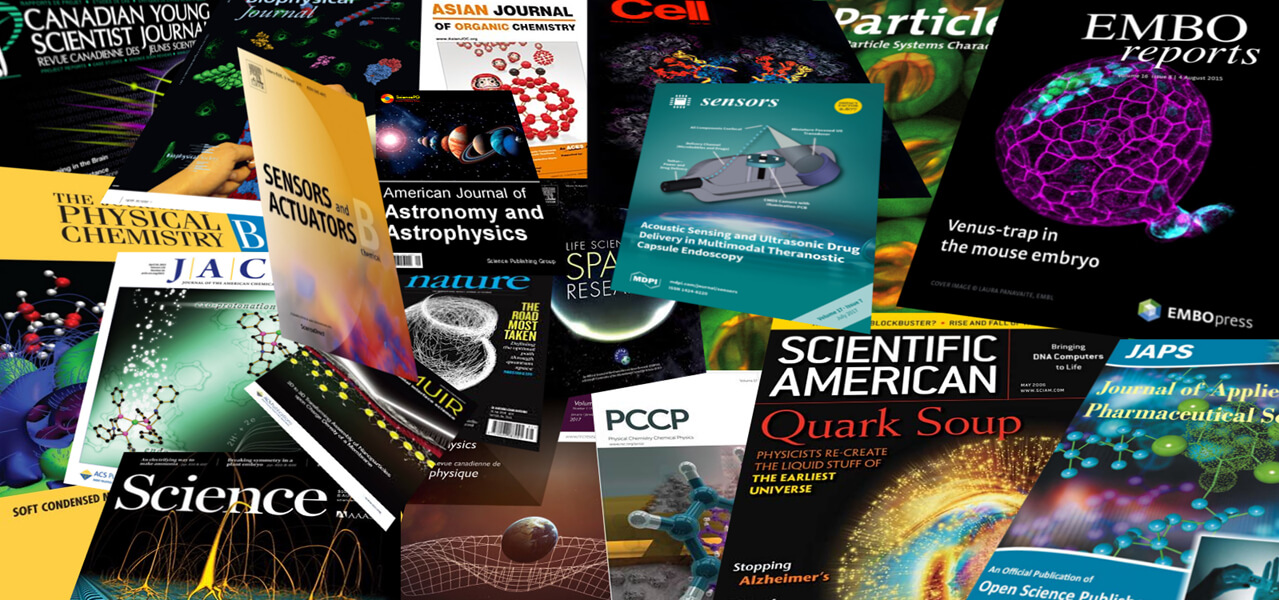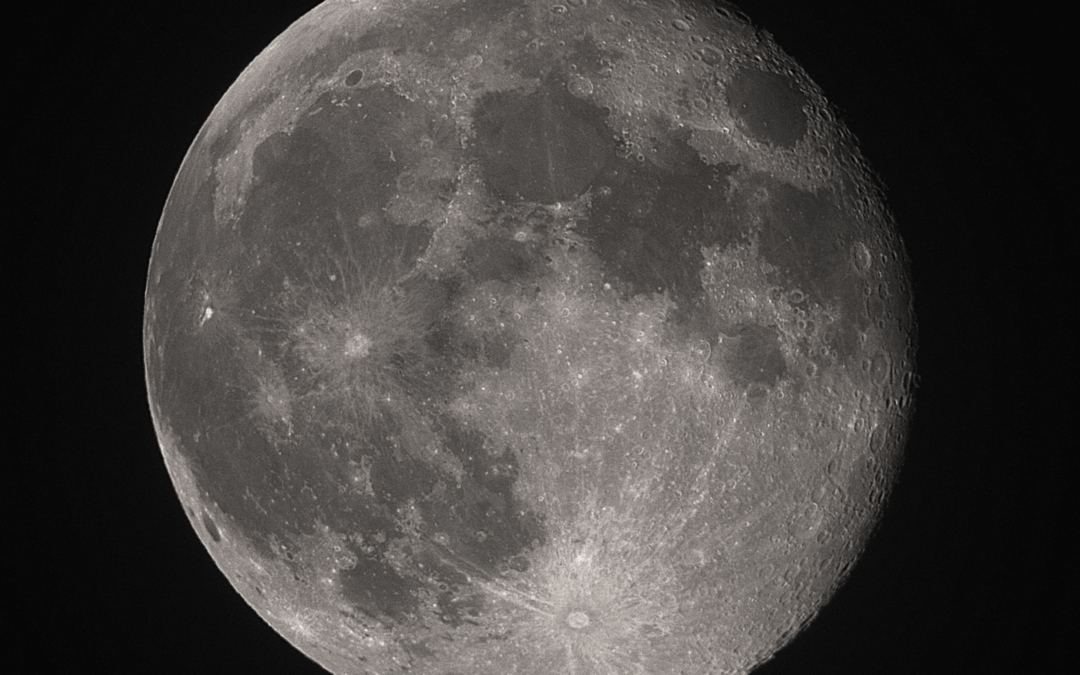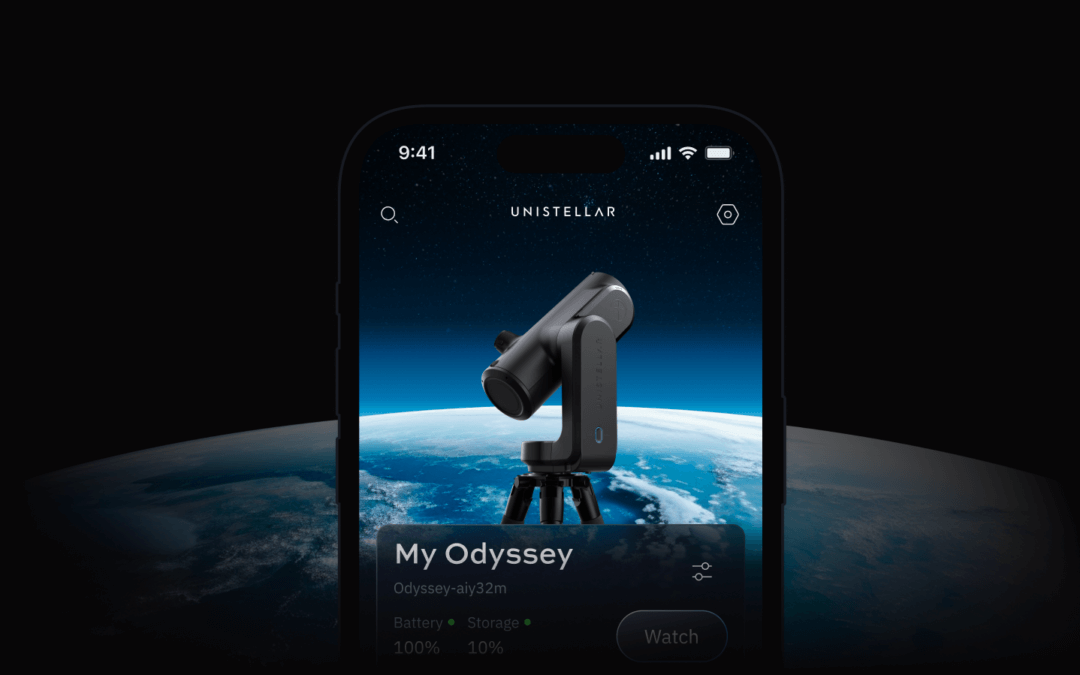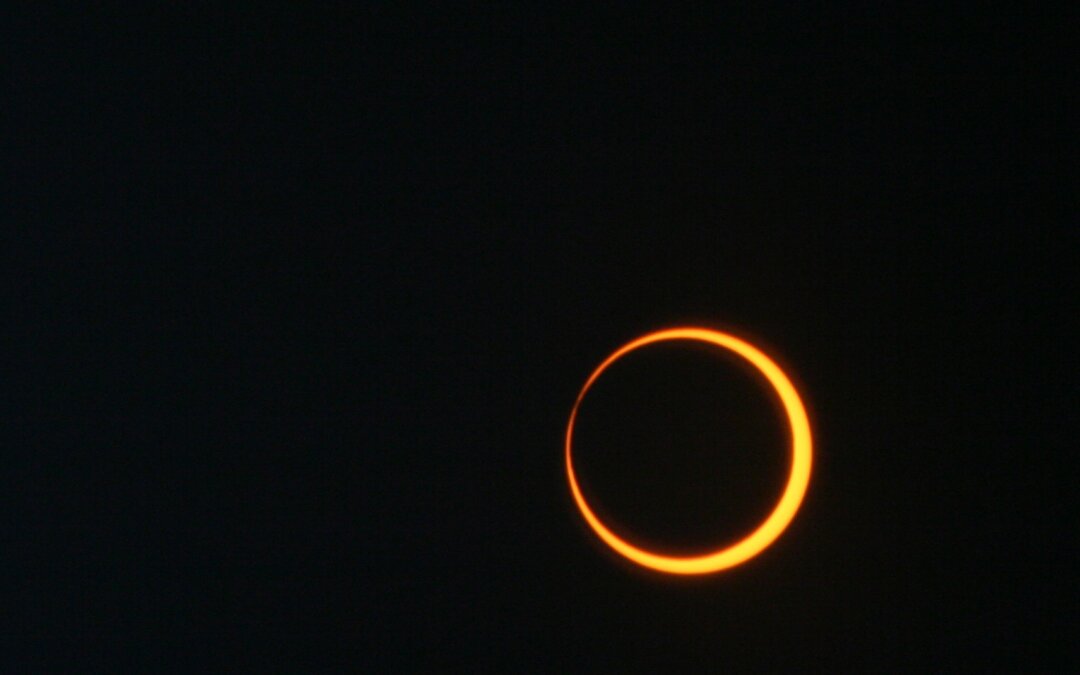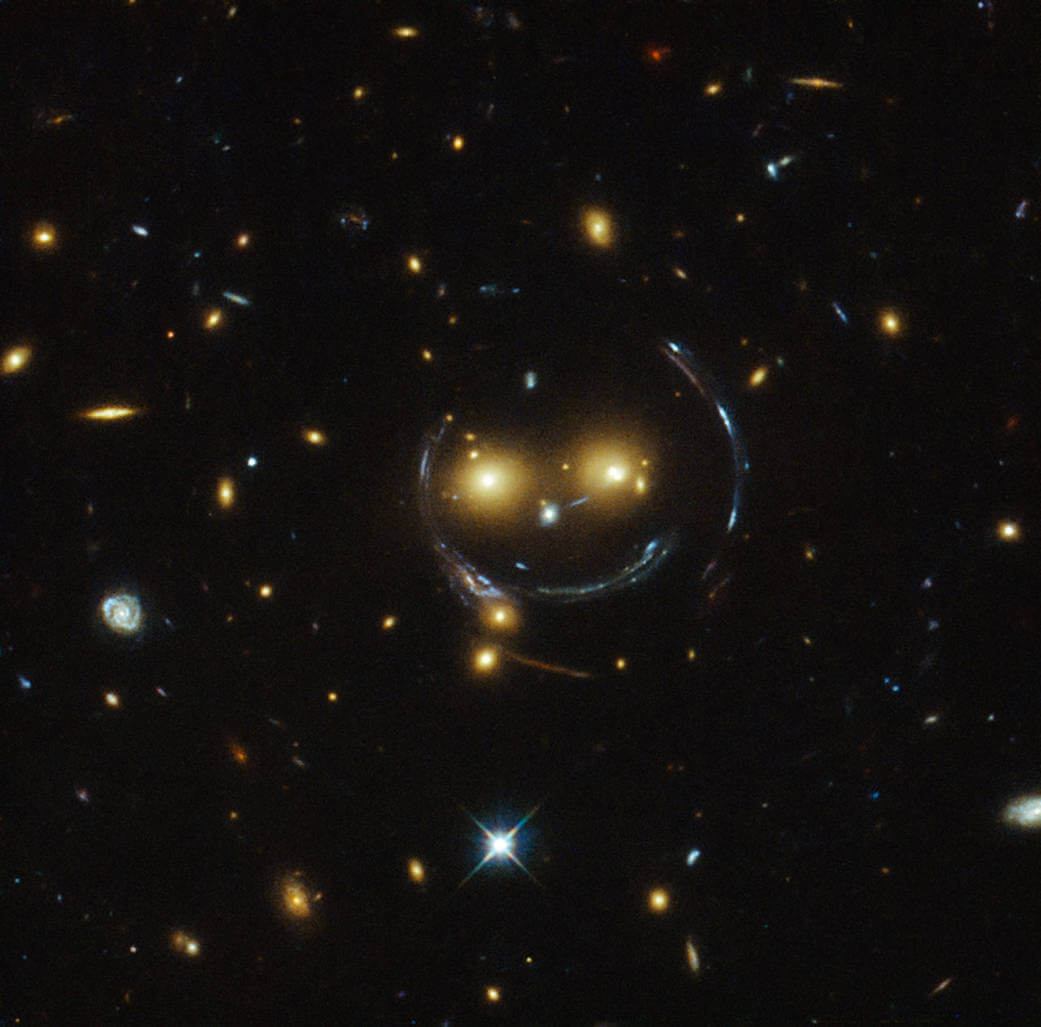On February 1 at 17:54 UTC, a comet hailing from the outer reaches of the solar system, called C/2022 E3 ZTF or “Comet E3” for short, will make its close approach to Earth. Comet E3 was just discovered last March, but it is already making a big impression as it prepares to pass by us for the first time in over 50,000 years – Unistellar network observations suggest that it could glow bright enough to be visible to the naked eye for some before it leaves our solar system once and for all.
Comet E3 comes from the Oort Cloud, a region of the Solar System past Neptune inhabited by comets, asteroids and dwarf planets. At some point, a gravitational push nudged Comet E3 from its orbit and sent it flying inward toward the Sun, and us! As its icy body has warmed and started to turn gaseous from the heat, this comet has developed a bright tail of gas and dust that citizen astronomers have been hard at work observing.
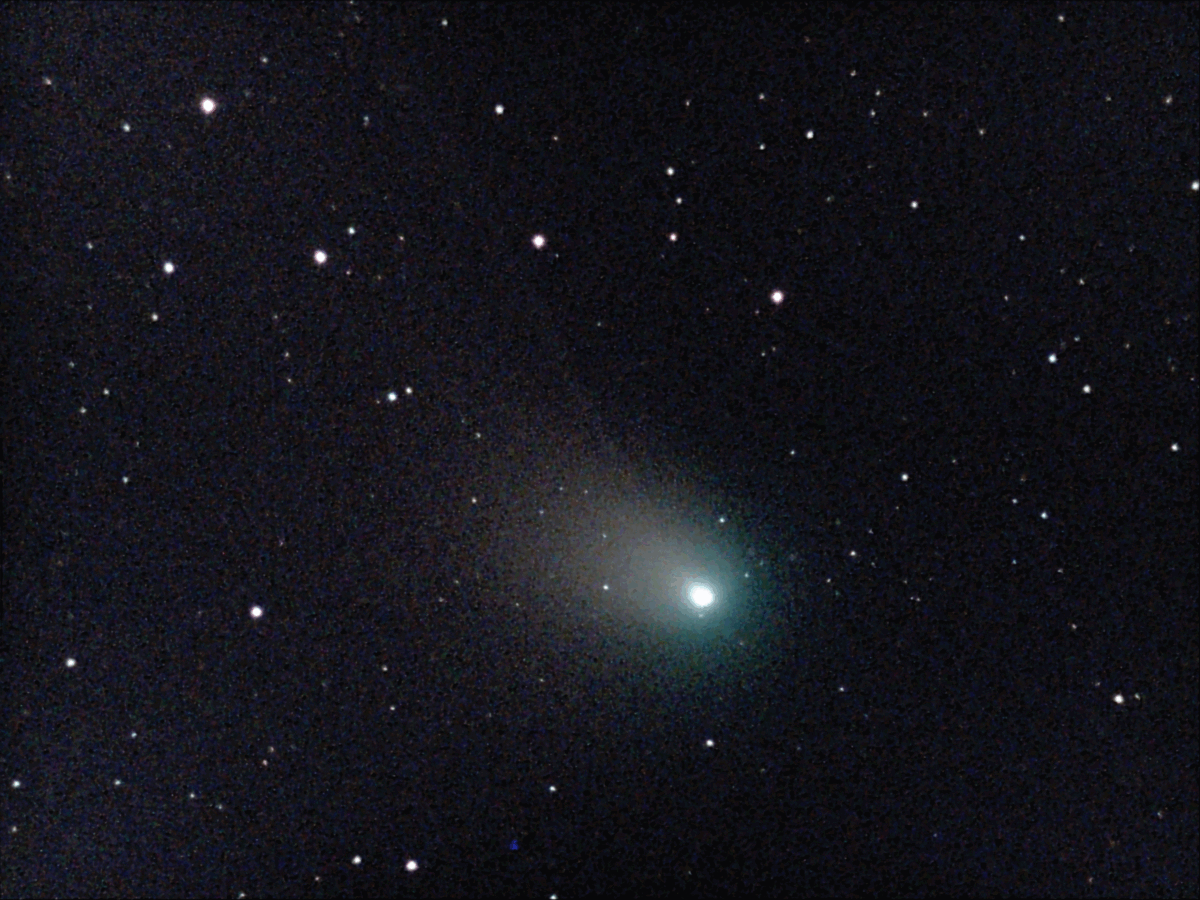

Observer’s crucial cometary data have shown the brightness of the comet steadily increasing over time. Astronomers at the SETI institute analyzed these observations to show that by the time of the close approach, Comet E3 should be even brighter. “We know now that we will only need binoculars to see the comet on February 1. In some dark areas, perhaps we won’t need any tools at all! Regardless – I’m still going to pull out my eVscope!” says SETI astronomer Dr. Ariel Graykowski, who also leads the Unistellar Cometary Activity program.
Although eVscope eyes were on the comet, it did not appear to outburst during its close approach to the Sun on Jan 12. However, the opportunity to catch this comet in your telescope will prove to be stunning as it nears the Earth and appears brighter than it has to human eyes in millenia, when it will be about 42,500,000 km (~26,400,000 miles) away. By the time of its close approach in February, Comet E3 will only be visible to the Northern Hemisphere in the constellation Camelopardalis, but it will be up all night long!
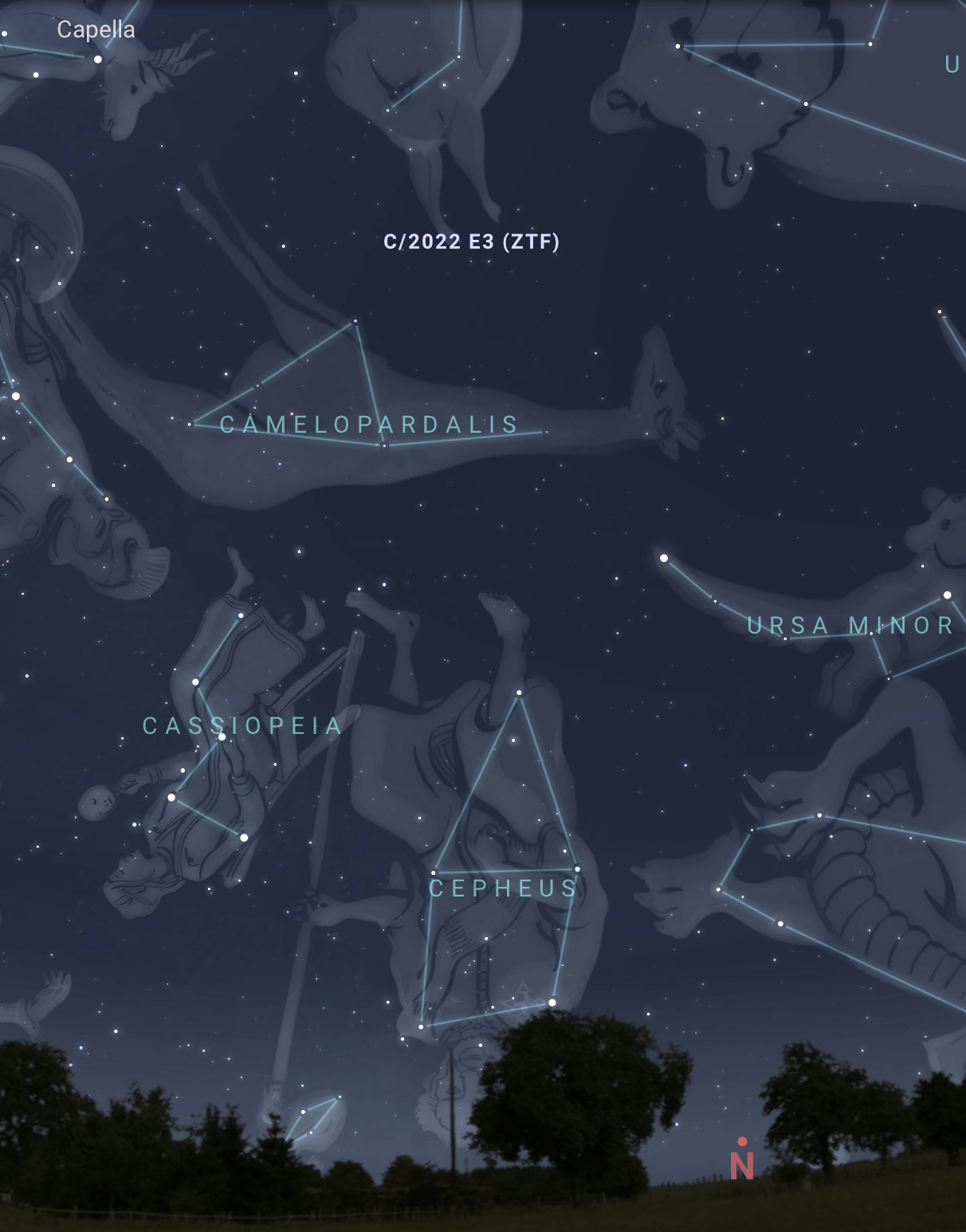
The location of Comet C/2022 E3 (ZTF) in the sky near midnight on Feb 1, shown from the east coast of the US. You can find the comet in your sky using your favorite star chart app. Credit: Stellarium.
Scientists still need your observations before and after the close approach to see how Comet E3’s brightness changes. Observe Comet E3 with your Unistellar Telescope to share your data with astronomers, and then share your enhanced vision images with your friends and family! This may be the first and last time we will see Comet E3 pass near our home planet, so don’t miss this once in a lifetime opportunity.
How to observe Comet E3 with your Unistellar telescope:
Observations are needed leading up to Comet E3’s close approach to the Sun on January 12! But luckily, you can observe with your Unistellar telescope any time over the coming weeks to contribute your own data. Comet C/2022 E3 ZTF is registered in the Unistellar App Catalog, so it’s easy to observe. You’ll be using the Unistellar app’s science mode, which can be found under the Cometary Activity tab.
For more information on how to observe, visit the Tutorial Page. You will point to your target using the instructions detailed under Observation 1a: The comet is in the Unistellar app’s catalog.
In the Recording field enter the following information: 3970 ms / Gain: 25 dB / Duration: 20 min.
You can find more information on our Missions Page.
Further readings
Unistellar Community Included In Multiple Scientific Papers
Did you know Unistellar Citizen Astronomers are often cited in published scientific papers? Find out how you can contribute too!
What Are the Names of All the Full Moons in 2024?
Discover the enchanting names of the full moons in 2024. Delve into the unique character of each lunar spectacle and embrace the allure of the night sky.
New Unistellar App Update: Version 3.0
The latest Unistellar App Update, version V3.0, is now live. Explore a smooth stargazing experience !
What to Observe This November: Open Star Clusters and More
These Halloween deep-sky objects will add some light to those dark, spooky nights. Treats, tricks, and telescopes await!
When Is the Next Solar Eclipse, and How to Observe It With a Unistellar Telescope
An annular solar eclipse is visible from the Americas on October 14. Learn how to witness the Ring of Fire with your Unistellar Telescope!
Halloween Observing Guide: Spooky Deep-Sky Objects
These Halloween deep-sky objects will add some light to those dark, spooky nights. Treats, tricks, and telescopes await!
